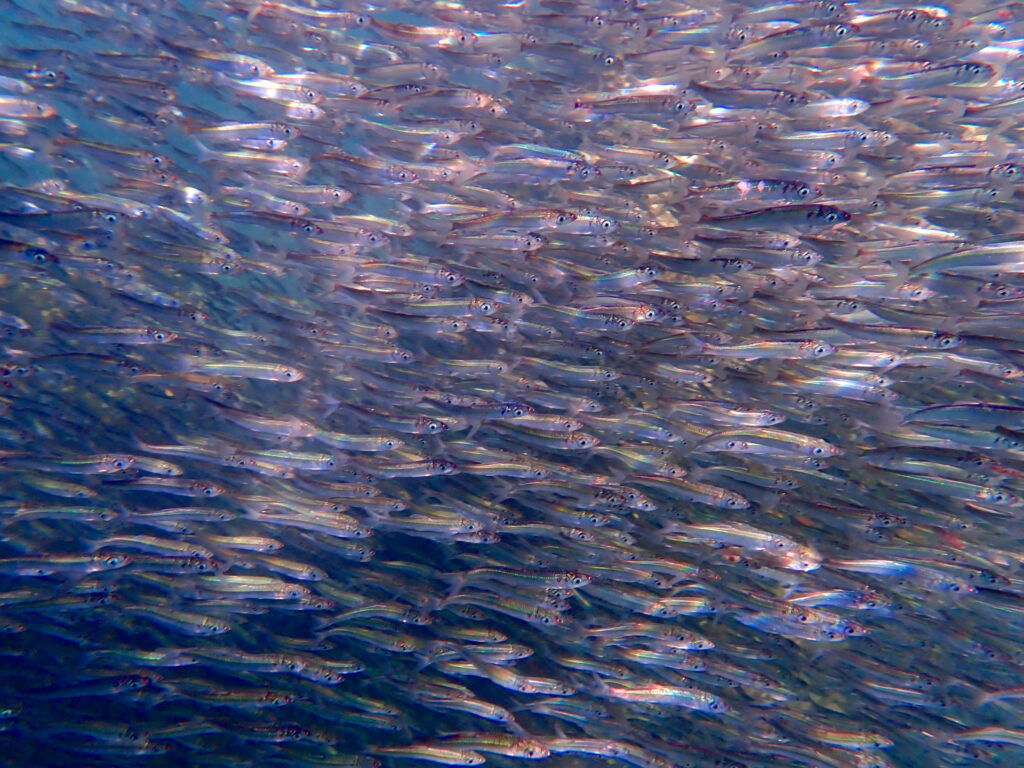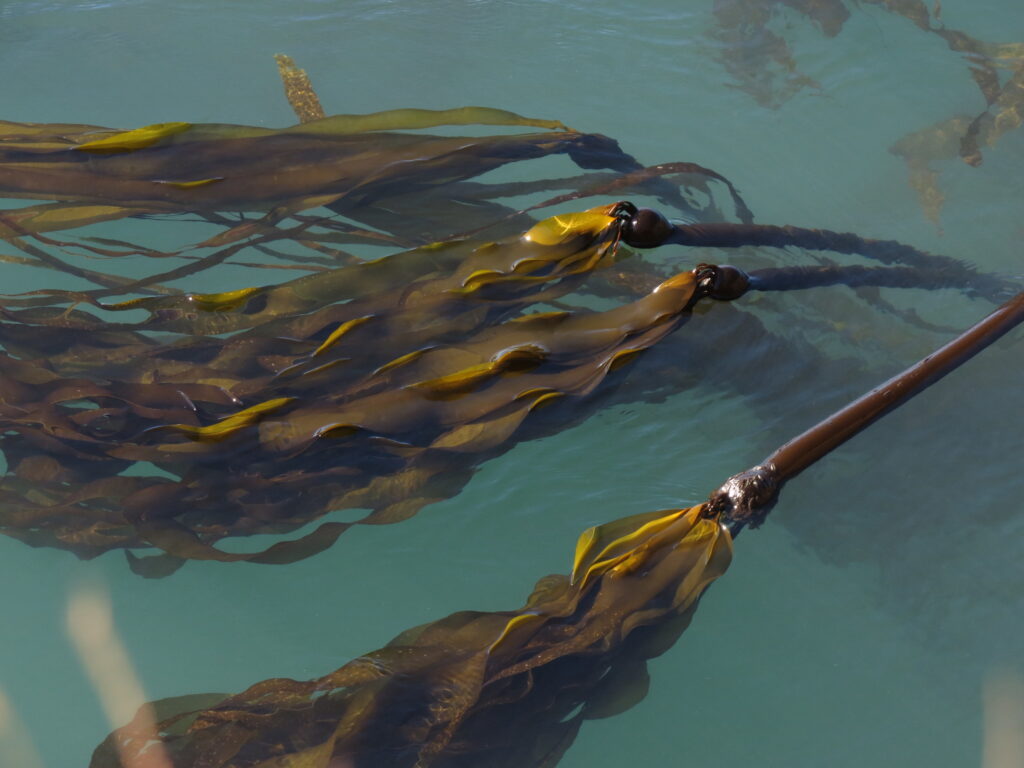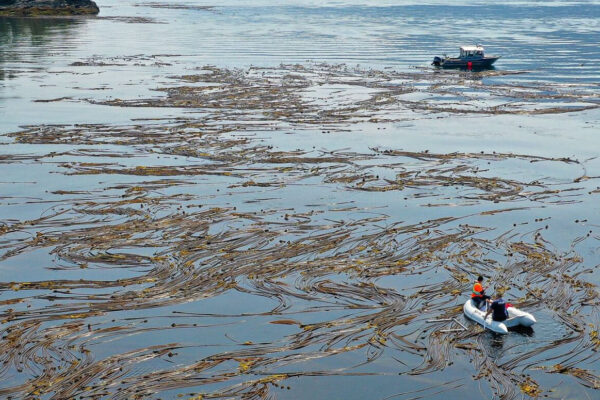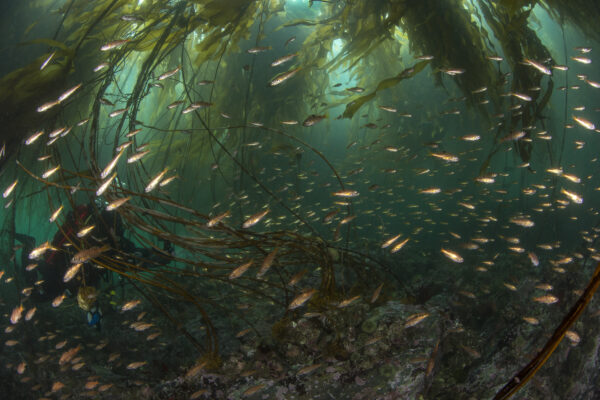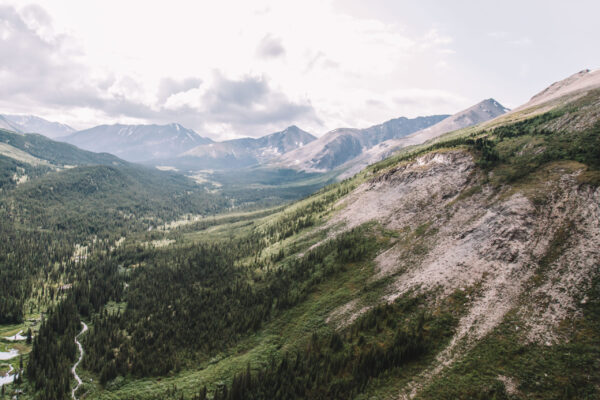
Protecting The Home of the Orcas in the Southern Strait of Georgia
Critical habitat for the endangered Southern Resident killer whales in the Southern Strait of Georgia around the Gulf Islands needs to be protected.
At the beginning of 2025, there were only 73 Southern Resident killer whales left. A part of their critical habitat — areas where they feed and raise their young — is located in the Southern Strait of Georgia around the Gulf Islands. The region is also home to over 3000 species of wildlife, from humpback whales, to herring, to glass sponge reefs and more! But decades of historical overfishing and habitat destruction, and now the increase of shipping, threaten this biodiversity hotspot. While there are small protections to safeguard certain species, more comprehensive conservation is needed.
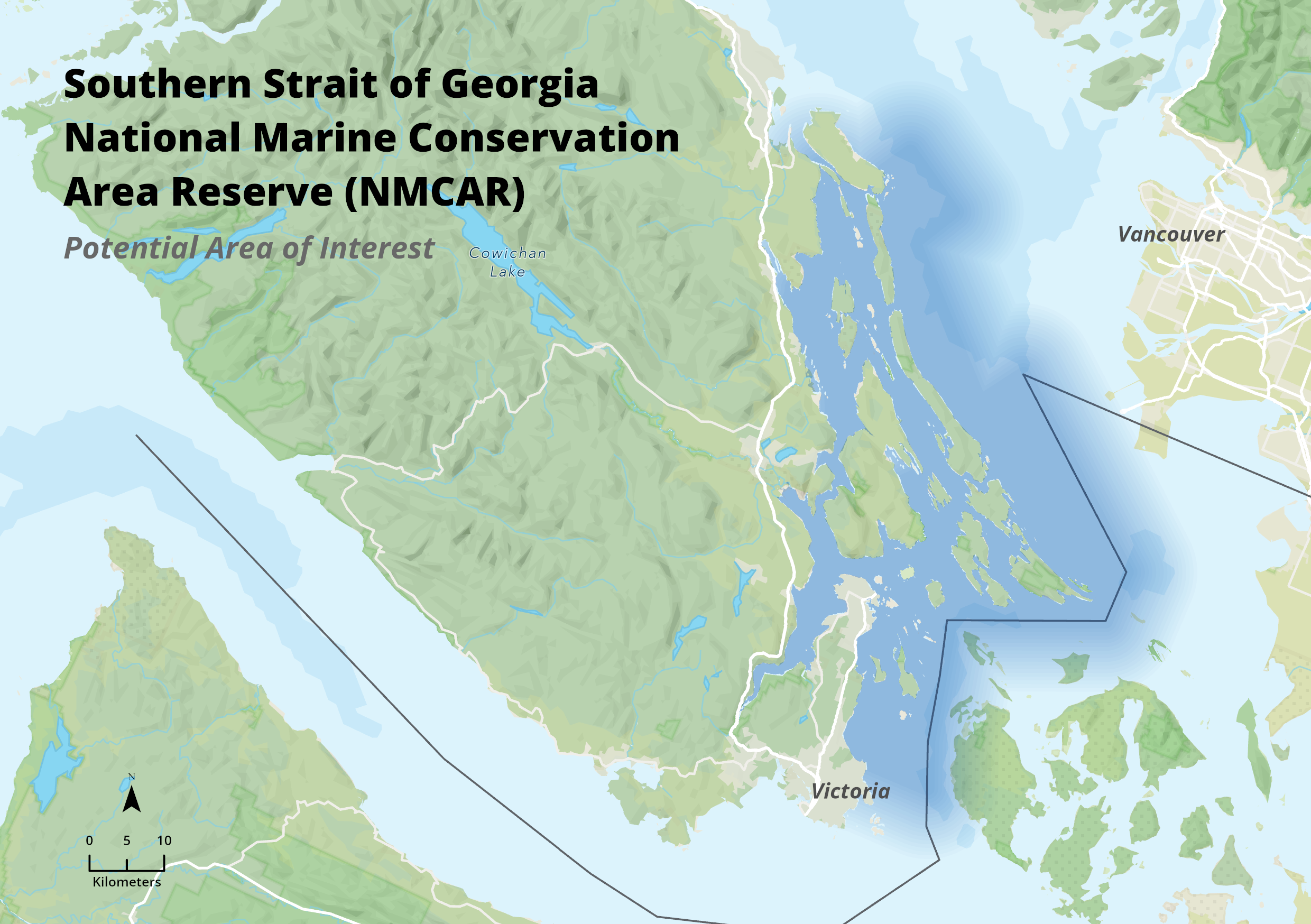
Why Action is Needed
What's at stake
The critically endangered Southern Resident killer whales are imminently threatened by reduced availability of their favoured prey — chinook salmon, physical and noise disturbance from ships and boats, and ocean pollution and contaminants. These dangers will only increase as industry increases in the Salish Sea. In fact, Parks Canada called the region “the most at-risk natural environment in Canada.” Strong protections are urgently needed for the survival of these orcas and the more than 3000 other species that call the Southern Strait of Georgia home.
- Only 73 Southern Resident killer whales left at the beginning of 2025
- Severely decreased populations of herring and salmon
- Loss of habitat such as kelp forests and seagrass meadows
- Home to glass sponge reefs — habitats found almost exclusively in BC
Solutions
CPAWS-BC advocates for a strong marine protected area co-governed by 11 local First Nations
11 local First Nations are currently in discussion with Parks Canada on the feasibility of a National Marine Conservation Area Reserve. Indigenous communities have stewarded these waters for thousands of years. Their knowledge and insight is key to effectively protecting the region. Any marine protected area here must be co-governed by these First Nations and the Government of Canada to restore the region to abundance.
- A marine protected area co-governed with 11 local First Nations
- Strong, comprehensive protections for wildlife, especially for the critically endangered Southern whales

Sign our pledge today!
Support the Home of the Orcas!
Add your name to support Indigenous-led ocean protection in the Southern Strait of Georgia
Learn More
Marine Protected Areas 101: An introduction to MPAs The beautiful coast of British Columbia has sustained people for thousands of ...
More InfoMarine Protected Areas: Benefits for Nature and People
A win-win! Marine Protected Areas are not simply about restricting activities or access, they’re about letting life back in and ...
More InfoIndigenous Protected and Conserved Areas (IPCA)
Indigenous Peoples have cared for lands and waters since time immemorial. As original stewards, Indigenous Peoples’ leadership, knowledge and experience ...
More Info
